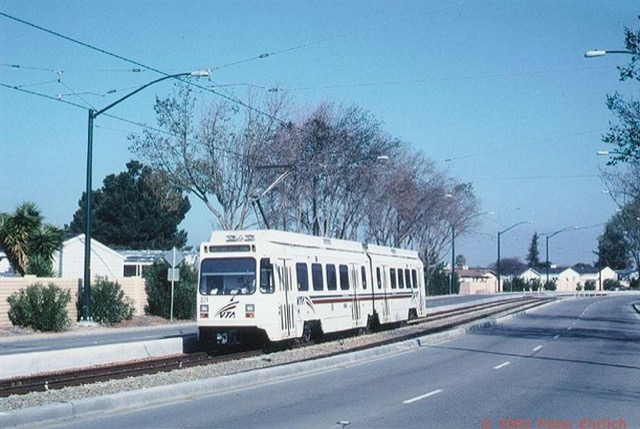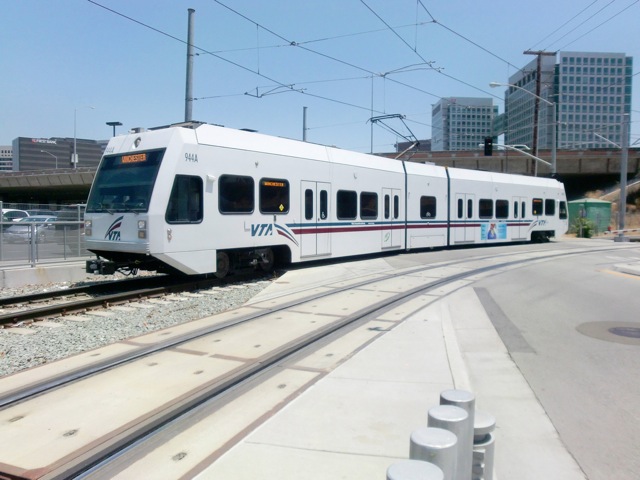The Santa Clara Valley Transportation Authority (VTA), which the Antiplanner has sometimes called the nation’s worst-managed transit agency, is facing a $25 million deficit next year, which will probably lead to service cuts. As the Friends of Caltrain (the commuter rail line that connects San Jose to San Francisco) note, the elephant in the room is whether VTA should go forward with its plans for billions of dollars of capital projects when it can’t afford to run the system it already has.
Friends of Caltrain doesn’t specifically say so, but the real elephant is VTA’s plans to extend the BART line to downtown San Jose. VTA is “97 percent complete” building a 10-mile line from Fremont to Berryessa (a neighborhood in north San Jose). This line, which is costing $2.3 billion, was supposed to be open at the beginning of 2018, but thanks in part to a scandal over a contractor’s use of used parts in construction, the opening has been delayed until late 2019. (An update from Friends of Caltrain says the VTA board was willing to look at capital projects, but still did not specifically mention BART.)
Extending the line another 6.5 miles to downtown San Jose is expected to cost another $4.7 billion, or more than $720 a mile, mainly because much of it will be underground. VTA expects to ask the Federal Transit Administration to cover $1.5 billion of this amount, leaving local taxpayers to cover the rest. If this project is ever completed, BART riders arriving in downtown San Jose are likely to find a stripped-down transit system that probably won’t take them where they want to go if it is more than a couple of blocks from the BART station. Continue reading









